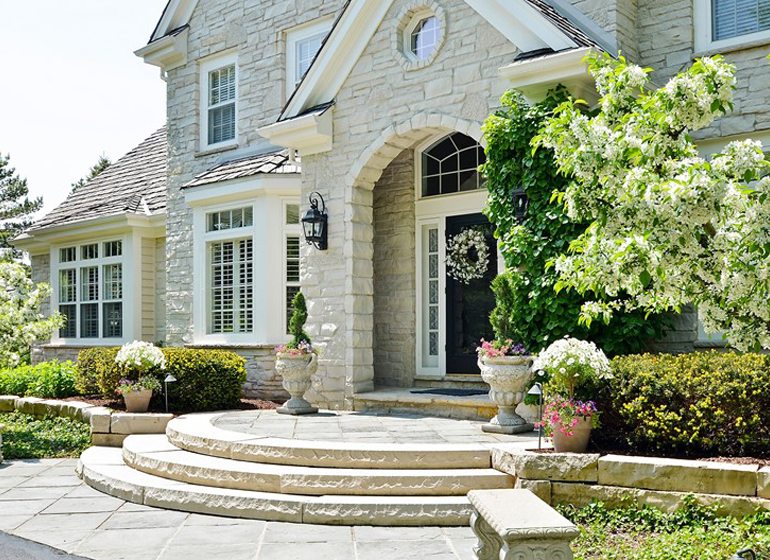The southeastern Wisconsin residential real estate market ended 2016 with more than 21,000 homes sold, a notable feat for two reasons: that benchmark has not been reached in the local housing market since 2005, and it was achieved despite historically low inventory for home buyers to choose from.
“If 2015 was a good year, 2016 was a great year,” said Richard Ruvin, partner with Falk Ruvin Coldwell Banker real estate brokerage. “2017 should be a strong year as well. We’re bullish and our clients, whether they are buyers or sellers, are bullish.”

There were 21,007 home sales in the four-county metro Milwaukee area in 2016, an increase of 7.1 percent compared to 2015, according to the latest report from the Greater Milwaukee Association of Realtors.
Despite that positive momentum, GMAR president Mike Ruzicka expressed some uncertainty about the housing market for 2017.
“Three months ago, I would have said 2017 would be better (than 2016), but there is so much talk about a possible recession and no one is quite sure what’s going to happen with the Republican-controlled state Legislature, federal government and new president,” Ruzicka said. “The stock market has responded favorably. But who knows about the housing market and the general public?”
One of the biggest issues in the residential real estate market across the state in 2016 was the lack of homes for sale in the market. In November, inventory in southeastern Wisconsin was 2.8 months, a three-year low.
Six months of inventory (the time it takes to sell all of the homes on the market at a given time) is generally regarded as a “balanced” market, in which sellers and buyers are evenly matched in price negotiations. Low inventory levels favor sellers.
For the past two years, the GMAR has predicted the first half of 2017 was when the entire metropolitan area would rebound from the Great Recession and home values would be back to where they were in 2007.
“People don’t feel as carefree as they did in 2006 and 2007, and that’s probably a good thing; they were a little too carefree and that backfired,” Ruzicka said.
Another issue is there are not as many homes being built because mortgage loan requirements from banks are much more stringent than 10 years ago and the construction industry is struggling to find qualified craft workers because of an overall construction boom.
But more new homes are needed to sustain demand, Ruzicka said.
“Younger couples want to move into good school districts and it is difficult finding homes under that $350,000 range,” Ruzicka said. “A lot of buyers have to take advantage of a home immediately. It might not be their dream home, but people are buying something now to get in and then planning to move in a few years. It’s probably a wise strategy because they are building equity and on the rental side, rents are going up.”
Ruzicka said he was happy to hear a condo project is planned for Milwaukee’s Third Ward neighborhood.
Developer Peter Renner is hoping to develop a 10-unit townhouse project at 610-628 E. Summerfest Place, near the South Gate to the festival grounds. Each unit would be 1,400 square feet. He presented the plan to the Third Ward Architectural Review Board in December and was asked to make some design changes.
Since the Great Recession, multi-family housing developers in Milwaukee have shifted their focus from condominiums to apartments. For years, very few new condos have been built in the area.
“A condo project is great and it only makes sense,” Ruzicka said. “There is so much demand for condos in this market, I don’t understand why more developers are not moving forward with these projects.”
Ruvin, with Coldwell Banker, believes there are a lot of great homes ready to sell that owners are just not quite ready to bring to the market because they are worried the economy isn’t ready, or they won’t find the right home to move into.
He has been working with sellers on contingencies to have 30 to 60 days to find another home once they sell, so they can feel comfortable moving.
“We do that quite a bit and nine out of 10 times it works out and relieves a lot of pressure on the seller,” Ruvin said.
There is also a misconception in the market that the ideal selling season is mid-to late spring through fall. In reality, most homes sell in January through June, with home sales slowing in July and August when people go on vacation, Ruvin said.
“A lot of people wait too long and put their home on the market in March through May and half the selling season is gone already,” Ruvin said. “If they want to sell, I’ve got people in line to buy in January.”

